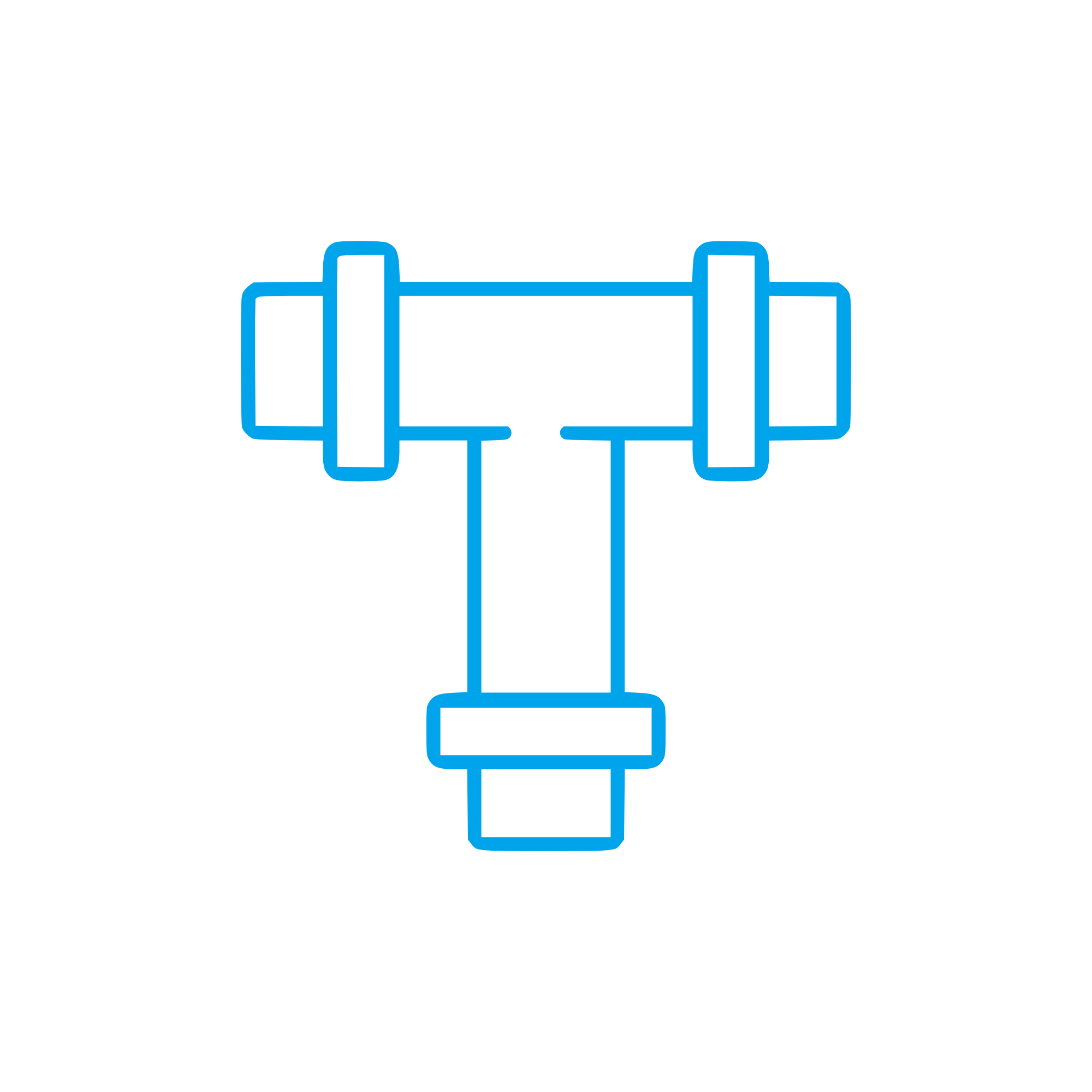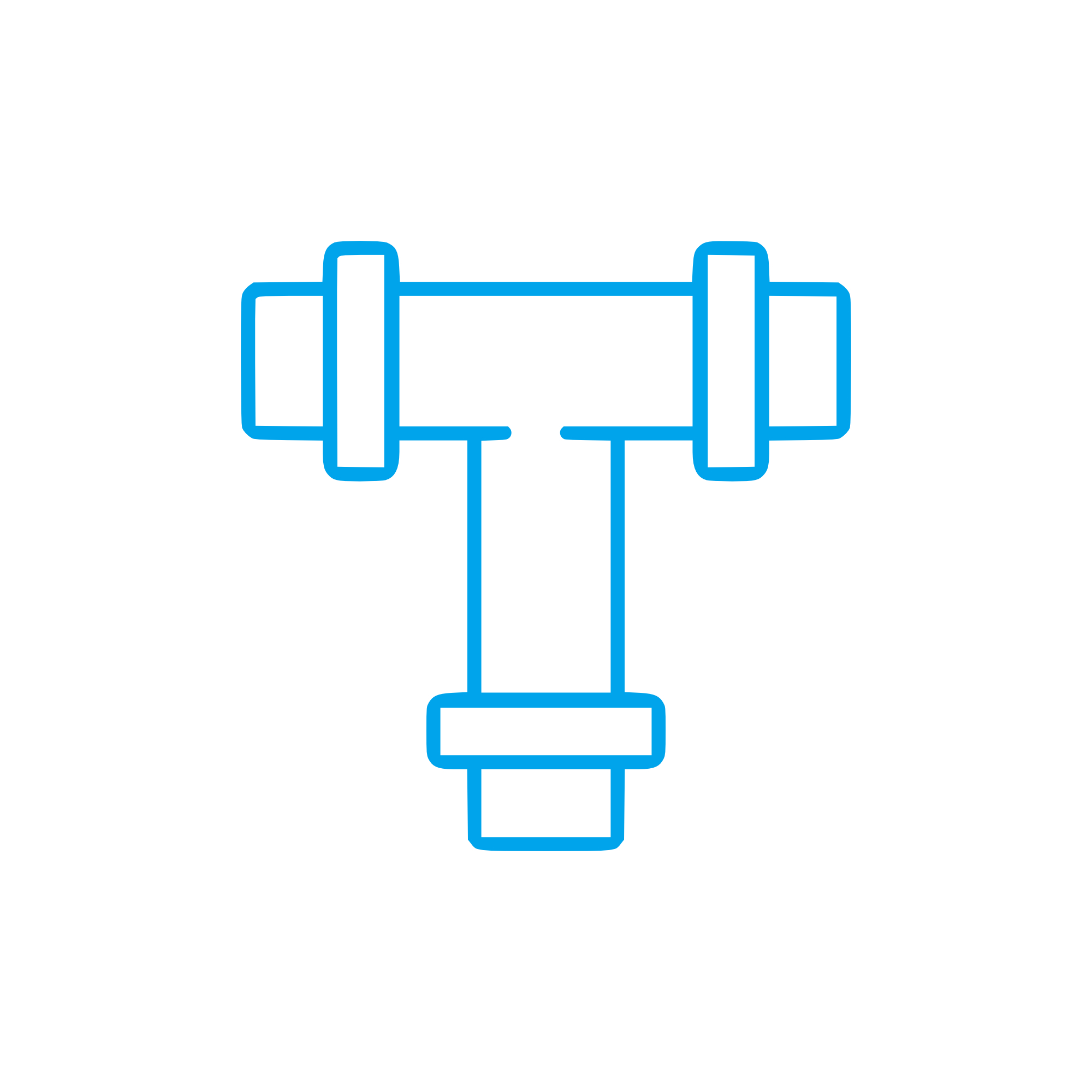RAW WATER LINE Lines and Pipes for Marine and Diesel Engines
Lines and pipes form the circulatory network of every power unit, routing fluids and gases precisely where they are needed. Within this category, cooling, fuel, lubrication, air, and exhaust connections are engineered to withstand pressure, temperature, vibration, and corrosive environments. In marine applications, the RAW WATER LINE is a critical subset of lines and pipes, supplying seawater to heat exchangers and often to the wet exhaust. Without robust, correctly specified piping, even the best marine engine or diesel engine cannot deliver reliable performance.
Whether fabricated from cupro‑nickel, 316L stainless steel, or high-grade elastomers, lines and pipes must provide leak-tight integrity and stable flow under dynamic load. Correct dimensioning, material selection, and routing directly influence engine efficiency, safety, and service intervals. That is why purchasers and technical managers place high value on precise, durable components—and why RAW WATER LINE OEM parts for a marine engine are central to dependable cooling and long-term asset protection.
Technical Function: Lines and Pipes and the Role of the RAW WATER LINE in a Marine Engine
In an engine, lines and pipes manage four essential flows: heat rejection (cooling circuits), energy delivery (fuel), friction control (lube oil), and breathing (charge air and exhaust). Each circuit is engineered to maintain target pressures and flow rates while isolating the system from vibration, thermal expansion, and external corrosion.
The RAW WATER LINE in a marine engine is the backbone of the seawater cooling loop. Seawater is drawn through a sea chest and strainer by the raw water pump, pushed through heat exchangers (jacket water cooler, lube oil cooler, and often charge air cooler), then discharged overboard or into a mixing elbow for wet exhaust. Proper pipe diameter maintains velocities typically in the 1.5–2.5 m/s range—fast enough to limit fouling, but slow enough to avoid erosion and noise. Cupro-nickel 90/10 or 70/30 tubes and 316/316L stainless steel fittings resist chloride attack and galvanic corrosion, while elastomeric hose sections absorb vibration and compensate for alignment tolerances.
Beyond cooling, lines and pipes in a diesel engine also include high-integrity fuel lines with double‑ferrule or flared fittings, lube oil lines with controlled Delta‑P to protect bearings, and breather/vent lines that prevent pressure spikes. Routing practices—smooth bends, adequate supports, chafe protection, and expansion loops—safeguard against fatigue and leakage. Correctly specified connections, such as ANSI/DIN flanges or face‑seal fittings, ensure repeatable assembly and long-term tightness.
- · Corrosion‑resistant alloys and elastomers suited to seawater, oil, and fuel.
- · Engineered diameters for stable flow, low pressure drop, and cooling efficiency.
- · Vibration isolation via flexible sections and proper clamping.
- · Leak‑tight joints: welded, flanged, or double‑ferrule solutions.
- · Clean routing with radiused bends to reduce turbulence and wear.
- · Material compatibility to minimize galvanic coupling and MIC risk.
- · Class‑ready documentation and traceability to support compliance.
Importance for Engine Operation and Service Life
Lines and pipes are fundamental to engine reliability. A restrictive or leaking RAW WATER LINE raises heat‑exchanger inlet temperature, cutting cooling capacity, elevating jacket‑water temperatures, and accelerating oil oxidation. The result can be reduced power margin, derating, or unplanned shutdowns. Corrosion pinholes and porous welds in seawater piping can lead to saltwater ingress, damaging turbochargers and aftercoolers, while air ingestion at pump suction causes cavitation and rapid impeller wear.
Fuel and lube oil lines are equally critical. Micro‑leaks create fire risk and mess with mixture control; sludge accumulation elevates pressure drop and starves bearings; poorly supported pipes can suffer vibration fatigue and crack at fittings. Any of these faults degrade efficiency, increase specific fuel oil consumption, and shorten overhaul intervals. Keeping lines and pipes in top condition preserves heat balance, stabilizes pressures, and protects every downstream component—from cylinder heads to charge‑air coolers.
For the diesel engine cooling loop, periodic inspection of strainers, hose integrity, clamp torque, and flange gasket condition is essential. Early replacement of worn components offsets far greater costs tied to overheating events, exhaust back‑pressure excursions, and corrosion damage.
Advantages of OEM Spare Parts Suitable for Lines and Pipes
OEM spare parts for lines and pipes provide dimensional fidelity, metallurgy, and elastomer compounds that match engine maker specifications. This precision ensures correct flow coefficients, repeatable sealing at design torque, and proven burst/working pressure ratios. For a RAW WATER LINE in a diesel engine, that means the right cupro‑nickel grade and wall thickness, gaskets with the specified compression set, and hoses with verified resistance to seawater, biocides, and temperature cycling.
Choosing OEM spare parts suitable for lines and pipes delivers measurable benefits:
- · Performance: Validated geometries preserve cooling capacity and fuel/lube flow.
- · Reliability: Tested joints and materials reduce leak risk and fatigue failures.
- · Budget: Longer service intervals and fewer reworks cut total lifecycle cost.
- · Service life: Corrosion‑optimized alloys protect against pitting and erosion.
- · Compliance: Traceable parts simplify audits and class inspections.
For RAW WATER LINE OEM parts in a marine engine, the material pairing of tubes, fittings, and fasteners is critical to mitigate galvanic cells; OEM selection keeps these combinations within the validated envelope. Correct bend radii and support brackets also maintain pump NPSH margins by preventing localized restrictions or hose collapse under suction.
MOPA: Your Partner for OEM Parts in Lines and Pipes
MOPA is an experienced and reliable partner for OEM spare parts in the article category Lines and pipes. We supply RAW WATER LINE components, fuel and lube oil piping, and associated fittings for diesel and gas engines with a focus on speed, quality, and security in every transaction. From rapid identification and sourcing to consolidated deliveries and documentation, our processes are built for vessel schedules and industrial uptime.
Customers benefit from short lead times, component traceability, and technical clarity—material certificates, part cross‑references, and configuration support on request. MOPA’s global logistics ensures timely delivery to shipyards, ports, and power plants, while secure packaging protects precision‑finished tubes, hoses, and gaskets in transit.
Conclusion: RAW WATER LINE and Lines and Pipes for Peak Engine Performance
Lines and pipes—especially the RAW WATER LINE—are indispensable to cooling, lubrication, and overall engine stability. Selecting OEM spare parts suitable for Lines and pipes preserves flow integrity, minimizes downtime, and extends component life.
With MOPA, purchasers and operators gain a trusted source for high‑quality OEM parts for diesel and gas engines, ensuring dependable operation from quay to open sea and throughout demanding duty cycles.



